Year in Review





2022 marks the end of an era for CEO. Our dedicated leader for more than four decades, Gene Brady, has moved on to the eternal rest he so richly deserves.

This year, you - our supporters - have shared your time and resources so generously with our Weinberg Food Bank.
Please know your commitment is deeply appreciated.
Looking ahead, the Weinberg Food Bank has many opportunities and challenges. We covet your ongoing support as we continue to grow and serve more nutritious food to more people in the coming year.
Sincerely,
Jennifer Warabak Executive Director Jennifer WarabakThrough the commitment of our network of partners, we served about 14,500 people and moved more than a quarter million pounds of food - each and every week this past year. While these numbers may seem overwhelming, we expect the same, if not an increase in the need for healthy, nutritious food in our communities as we move forward
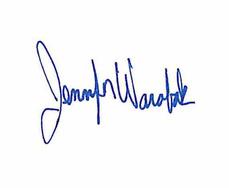
The Commission on Economic Opportunity is a community based, nonprofit 501(c)3 corporation created in 1966. CEO is governed by a 15 member Board of Directors comprised of three constituencies with equal representation: consumers, public sector, and private sector.
CEO’s Harry and Jeanette Weinberg Northeast Regional Food Bank, dedicated in 1996, began with 18 member agencies distributing approximately 1.1 million pounds of food and grocery products. Last year the food bank distributed 14.8 million pounds of food via nearly 300 partners offering more than 12 million meals to hungry children, adults and the elderly.
The Weinberg Northeast Regional Food Bank serves four counties in northeast PA: Luzerne, Lackawanna, Susquehanna and Wyoming. The mission of the CEO/Weinberg Food Bank is to reduce hunger and promote healthy nutrition among poor and vulnerable people, especially children and the elderly.
The Food Bank collects food from the entire food system - from growers to retailers. We coordinate and support a network of partners to move the food from warehouse to table - quickly and efficiently. The network relies heavily on volunteers, small nonprofit organizations and faith-based community services. The Weinberg Food Bank is committed to constant growth and developing innovative solutions to hunger.
Foods is sourced locally, regionally and nationally Foods may be donated, government commodities, or purchased at wholesale prices We prioritize healthy food and fresh produce in particular
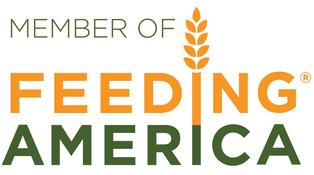
Food is received at our distribution center near Pittston Free delivery is offered to all of our partner agencies Some receive just-intime deliveries on the day of food give-aways and others get deliveries to re-stock their on-site inventory
The Food Bank has 284 partners including food pantries, soup kitchens, shelters, and meal programs hosted by community and faith-based organizations, schools, childcare and youth programs, senior programs and housing, libraries, and local municipalities. We provide training and technical assistance to all of our partners.
Our partners provide food in the form of either groceries or prepared meals to families and individuals Some partners offer conventient drive-through food pick up and in others, families can shop and select the food items they prefer
Volunteers are a critical component of the Food Bank! Our Food Bank and most of our partners rely heavily on volunteer manpower
The support of our community is what makes the Food Bank work! Without our donorslarge and small, public and private, we could not provide food to so many.
2022couldbeconsidered"post-COVID". Whilewedidseeadeclinein needincomparisonto2020-2021,westillservedfarmorepeopleand morefoodthanwedidin2019,pre-COVID. ThePandemictrulyhas changedourworld,wearestillreelingfromitseffects-increasedfood cost,increasedneed,allwithouttheincreasedsupport-bothpublic andprivatethatwehadin2020.
Foods to Encourage
People Partners
14,857,811 pounds
3.8 million pounds (26% of total)
108 million pounds (76% of total)
749,479 (duplicated)
284 organizations
1,406 volunteers gave 4,688 hours
Inventory turned over 29 times
This year brought incredible growth to the Senior Food Box Program. This program provides a box of shelf-stable food staples each month to very low income seniors across the region.

We began 2022 serving 1,415 older adults each month and ended the year with 2,100 enrolled.
Each month, volunteers pack these boxes of food and nearly 100 partners host the program's pick up locations. Growth was spurred by outreach by the PACE (prescription assistance) program that serves income eligible seniors and by a partnership with DoorDash offering delivery.
Our Nutrition Education department has been busy hosting Cooking Matters classes throughout the community. Participants learn about food preparation, grocery shopping, meal planning, food budgeting and nutrition. The 6-week class includes cooking meals together and a local grocery store tour where we discuss how to shop strategically and choose foods to cook simple, healthy meals. The nutrition team has also adapted the style of Nutrition Education to drive-thru food pantries. We now visit each car in line to provide a food sample and nutrition information while individuals wait to be served.
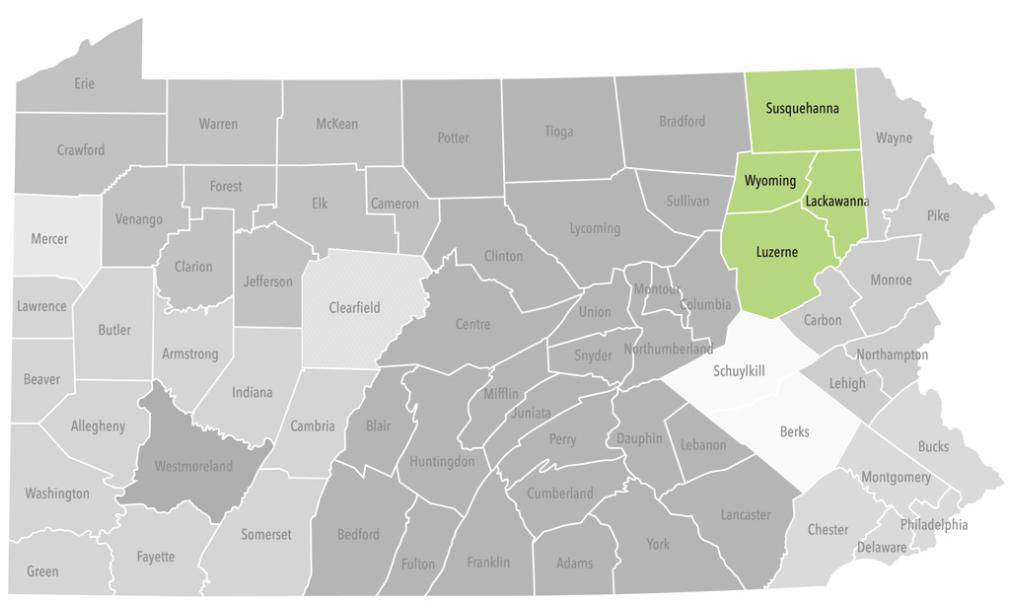

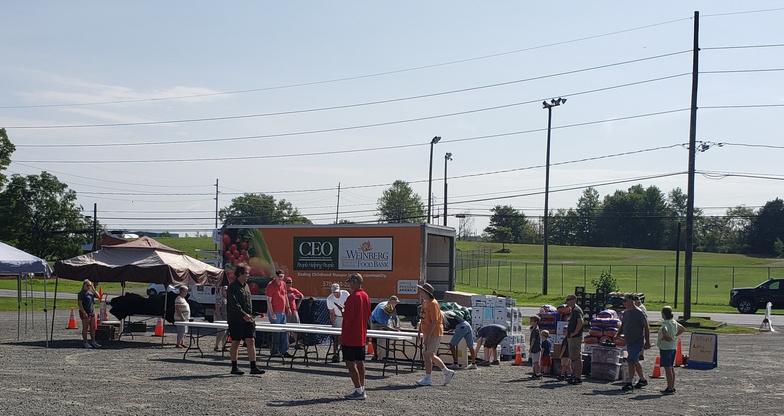



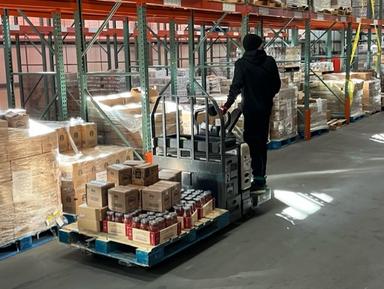
Mary Ellen Spellman, Food Bank Director
Matthew Krupa, Operations Manager
Amanda Brueckler, Food Solicitor
Debra Taylor, Volunteer Coordinator
Kyle Barthold, Data Manager
Dan Yaglowski, Warehouse Manager
Tony Teberio, Receiving Manager
James Blewitt (in memory), Senior Food Box Program

Drivers & Warehouse Workers:
David Burns, Brian Carroll, Henry Caruthers, Lou Dominick, Bill Golightly, Malachi Hunt, Dale McCloe, Brandon Schwartz, Vince Vespico
Nutrition Educators:
Ingrid Balsamo, Kelsey Banfield, Mary Kay D'Elia, Amanda Gordineer, Kim McLendon, Kathy Lockman, Joan Saxon, Rolly Smith, Adrianna Vasquez
Rod Blaine, Director of Administration & Finance
Gretchen Hunt, Director of Resource Development